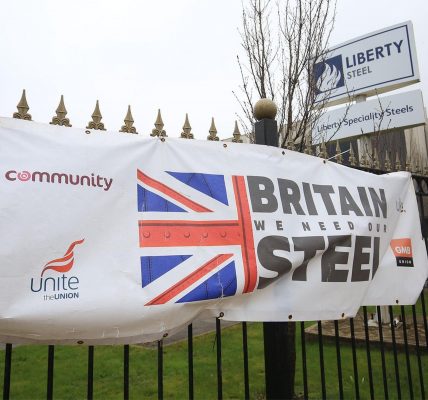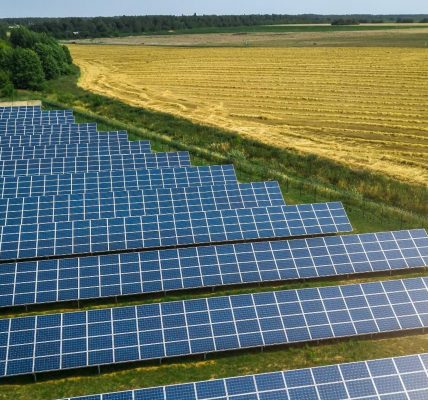Deadline looms but there is still time to sort your ISAs – Sarah Coles
It’s a bit late in the day to start lecturing anyone on why they shouldn’t leave their ISA or pension to the last minute this tax year. It’s the financial equivalent of starting a set of directions with, ‘I wouldn’t start from here’.
If you haven’t got round to using your ISA allowance for this tax year, or paying into your pension, what you really need to hear is that leaving things to the last minute is far better than not getting round to it at all, and if you start now, you still have plenty of time to take advantage. Both are true.
You have until midnight on April 5 to save or invest up to £20,000 into an ISA and put up to £9,000 into a junior ISA for any children. Any money you put into an ISA now will be protected from tax forever, because money in an ISA grows free of tax and any income you take from an ISA is tax-free too. However, if you miss the deadline, you’ll lose the entire allowance for this tax year.
Plenty of people will leave it to the last minute. Our research shows that just under one in five people who’ll use their ISA allowance this year will do so late in the day, and last year, in the last hour before the deadline, an HL stocks and shares ISA was opened or topped up every seven seconds.
There are a couple of useful approaches that will get you over the line. If you want a stocks and shares ISA, but you don’t know where to invest, you don’t have to rush into your decision. If you don’t have time to weigh up your options, you can open a stocks and shares ISA, and park the money in cash within it for the time being. Then, when you’ve had time to do your research, you can shift the money into investments.
If you’re applying now, then you’re too late for postal applications, and your chosen provider might not accept them through the door at this stage either. If you definitely need to speak to someone on the phone, check the Easter opening times, and don’t leave it until five minutes to midnight on April 5. However, it’s well worth checking whether you can apply online.
ISAs tend to take centre stage at this time of year, so you’d be forgiven for overlooking your pension. However, the rules around pensions mean you might have a real opportunity if your income this tax year is around the £50,000 or £100,000 tax thresholds. If your income varies during the year, you might not have been aware you crossed a threshold until the last minute, but you can still benefit.
Take someone who earns £58,000 in England and has one child under 18. Once you earn over £50,000 you’ll need to start repaying your child benefit, and at this level you’ll repay £876.
However, if you pay £6,400 into a personal pension, 20 per cent pension tax relief will bring it to £8,000, and you can claim another £1,600 tax relief through self-assessment, so your contribution effectively costs £4,800. You will also bring your income below the level the benefit has to be repaid, saving you £876. It means an £8,000 boost to your pension costs £3,924 after the tax benefits.
This weekend you still have time to take stock and use your allowances. And while you’re there, you may as well get ahead for the next tax year. One of the best options is to set up a monthly payment into a stocks and shares ISA. Not only does it mean you don’t need the cash up front to make a commitment, it also means you’re drip-feeding money into the markets, which takes market timing out of the equation.
Plus, of course, when you get to the end of the next tax year, you can bask in the smug knowledge you’ve already sorted your ISA, and can devote your attention to telling other people that they shouldn’t have left it until the last minute.
Official figures show that in 2020, homes in US and the Humber became more affordable. They cost on average 5.63 times earnings, less than 5.66 times a year earlier, and much less than the UK average of 7.44.
However, if you’ve looked at the price of houses recently, you’ll know this bears little resemblance to reality.
It’s partly because the figures are designed to measure affordability in April 2020, before prices raced away. It also misses the enormous variation across the region, and across the housing spectrum. In Hull, for example, homes cost 4.5 times earnings, whereas in Harrogate it’s 8.48 times, and for new builds in Harrogate it’s 12.78.
When it comes to wage rises, averages can be misleading too. While the average wage increased significantly in 2020, this was partly because so many of the jobs that have been lost to the crisis are low-wage roles. This automatically pushes up the average without people actually getting a pay rise – so affordability may really be even lower.
If you’re trying to stretch to afford a property, it’s worth seriously considering your position first. The Office for Budget Responsibility expects unemployment to peak at 6.5 per cent of the workforce at the end of this year – which is another 500,000 job losses.










